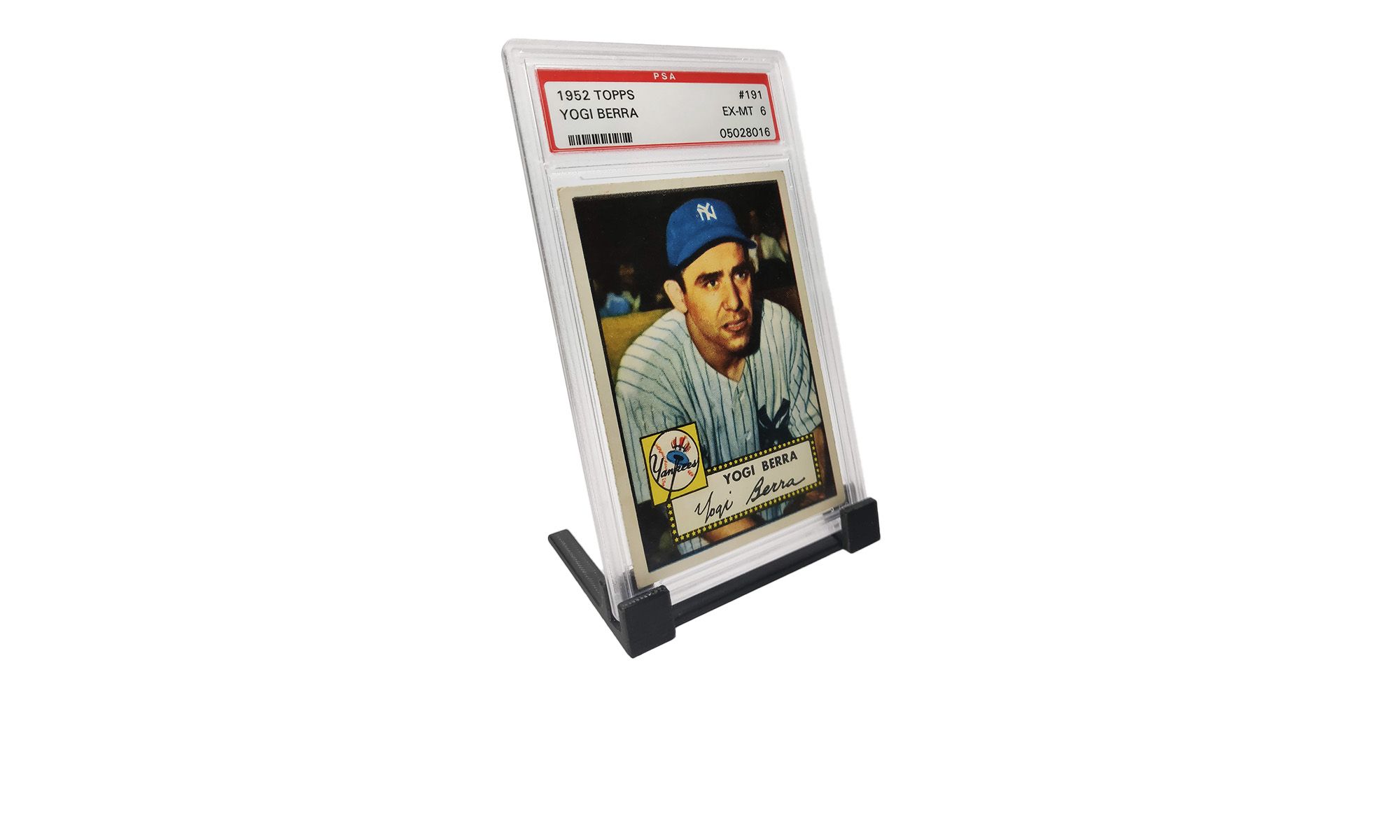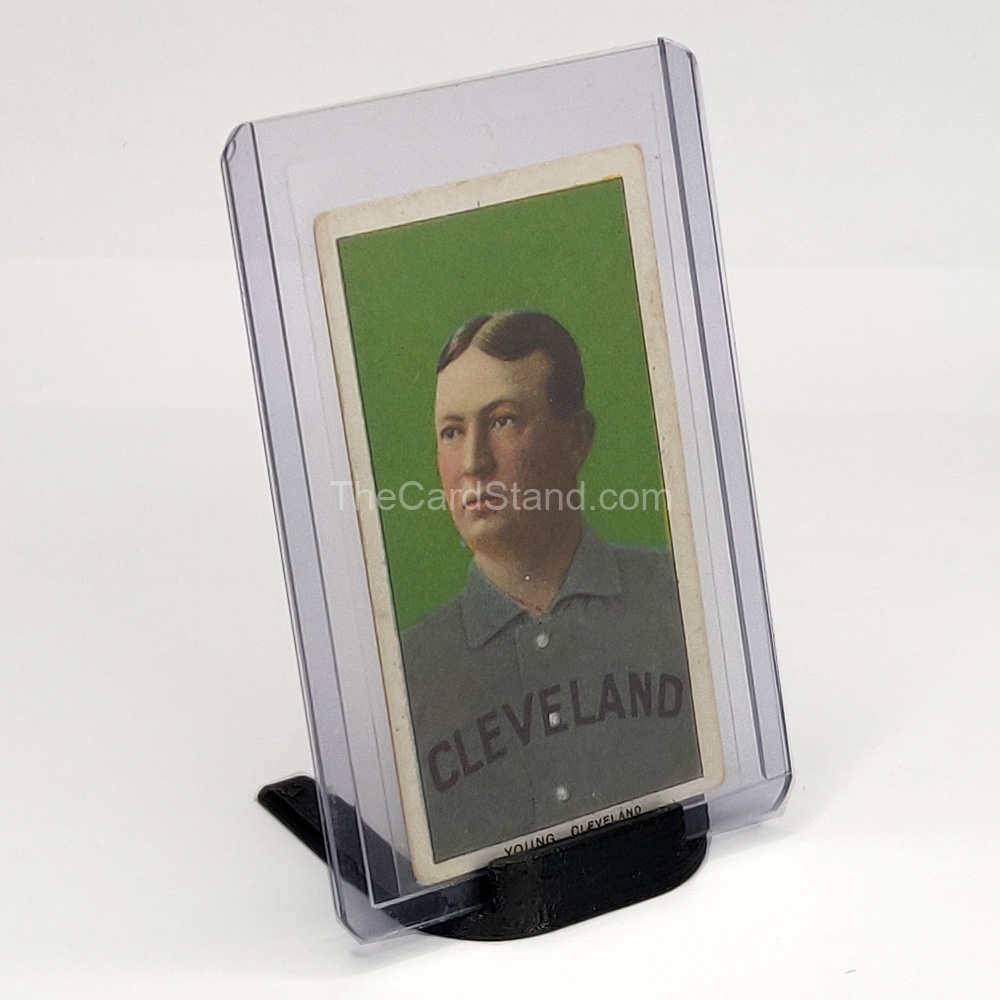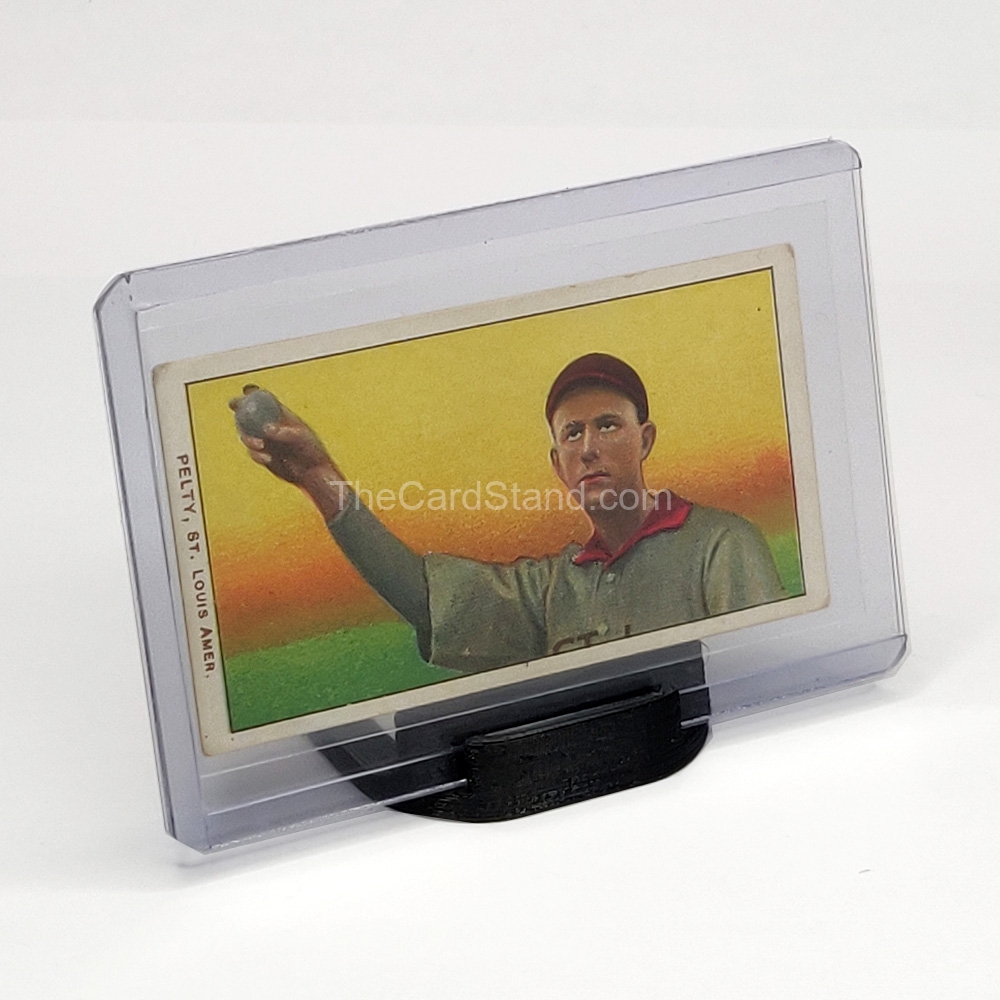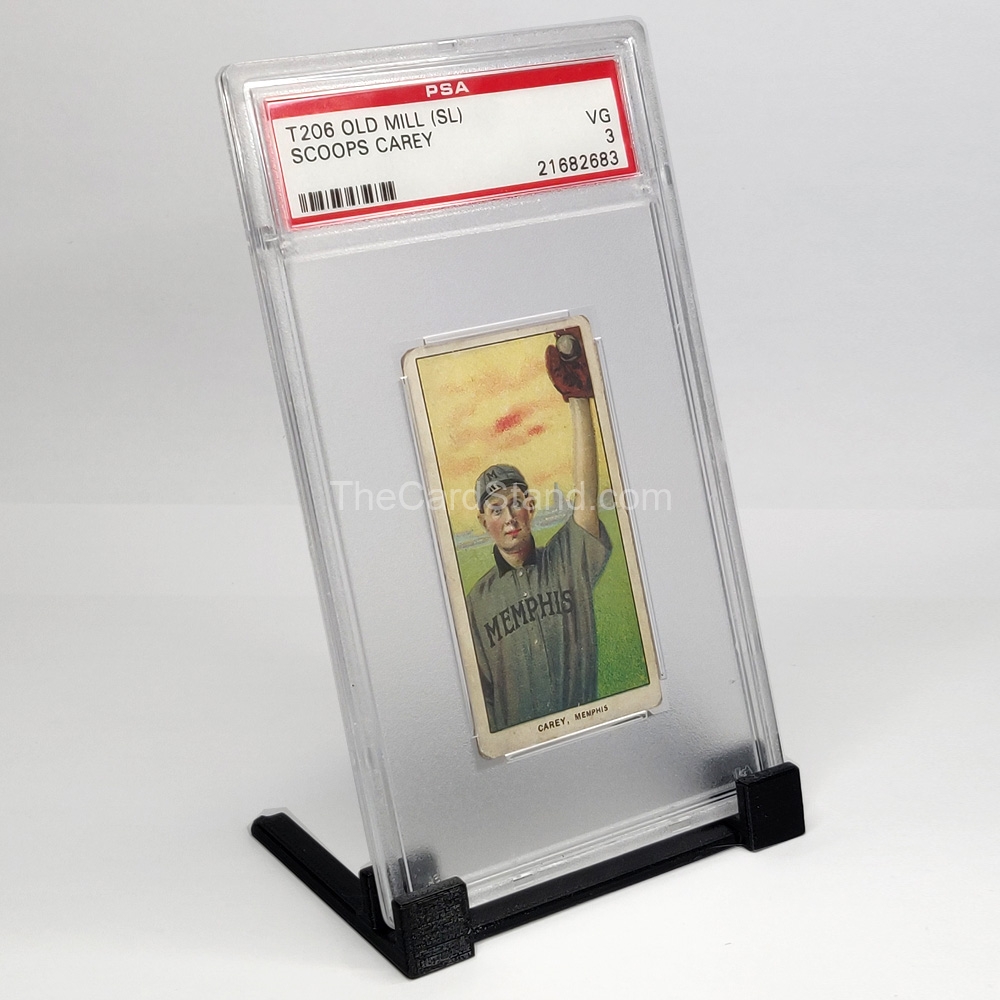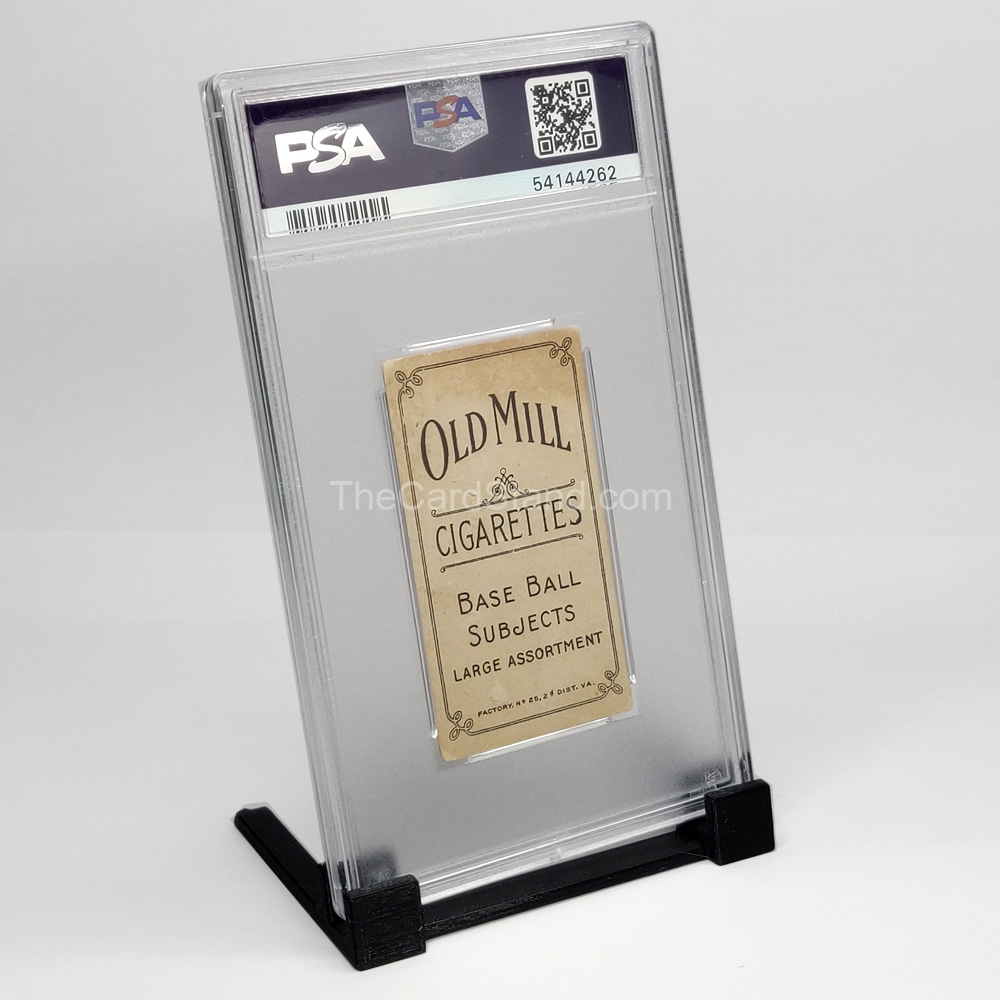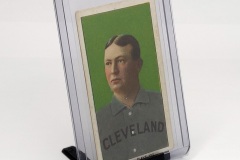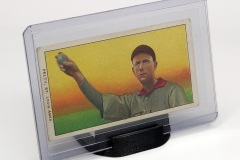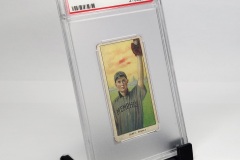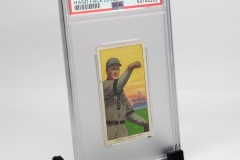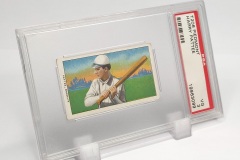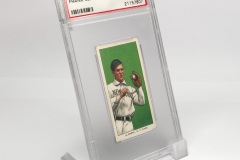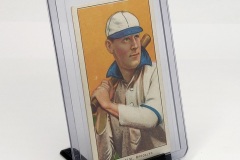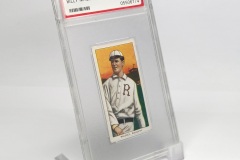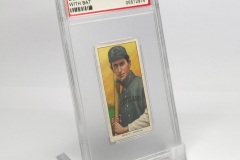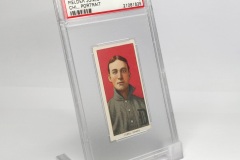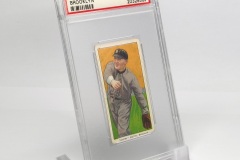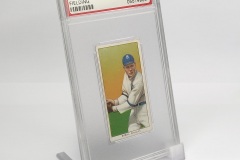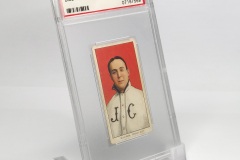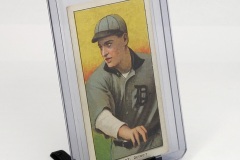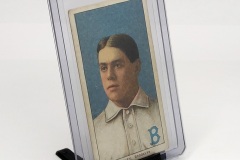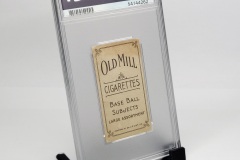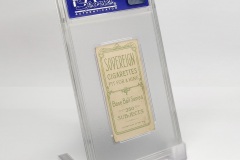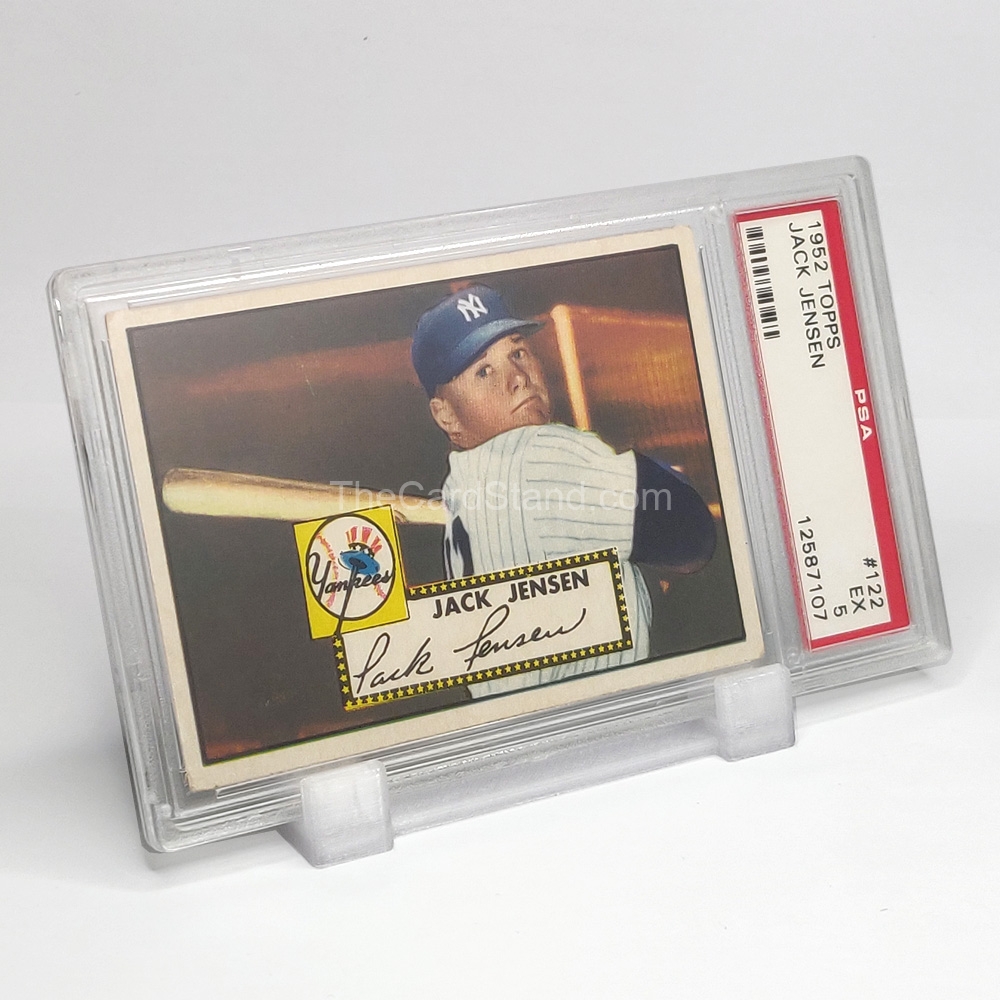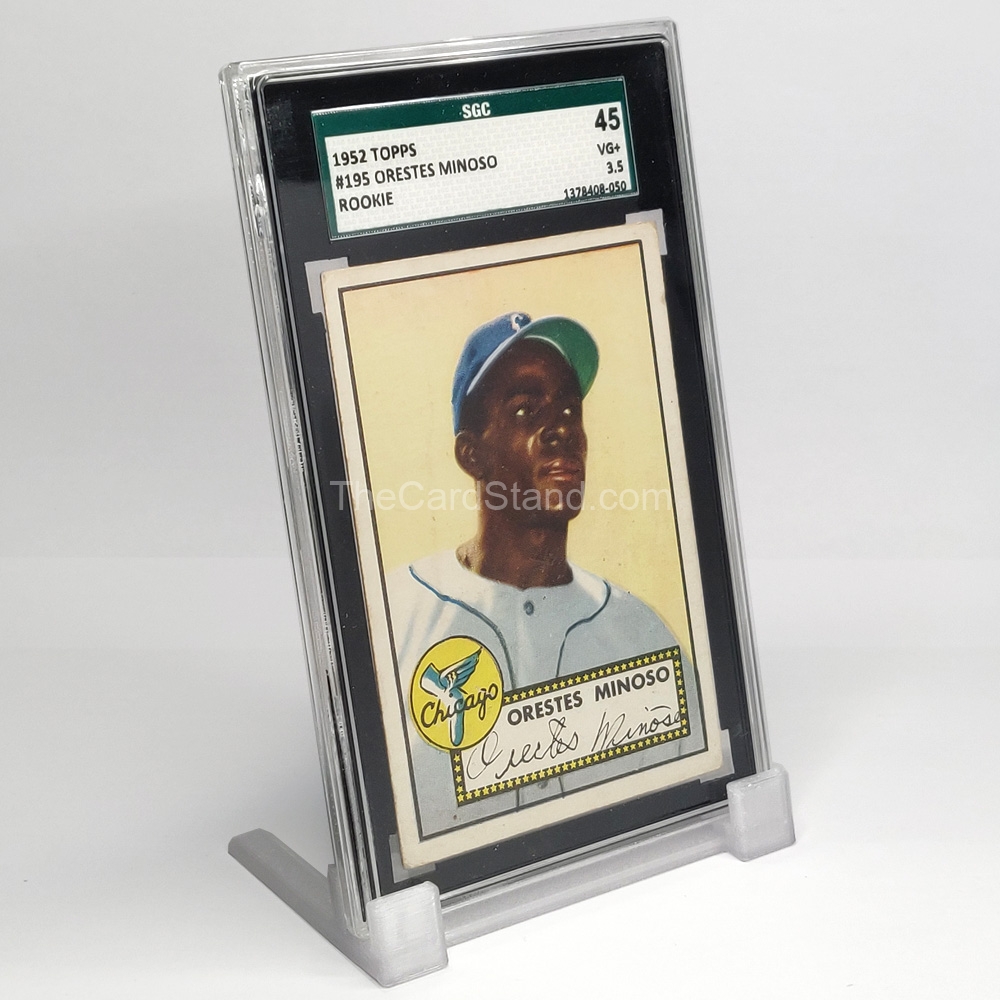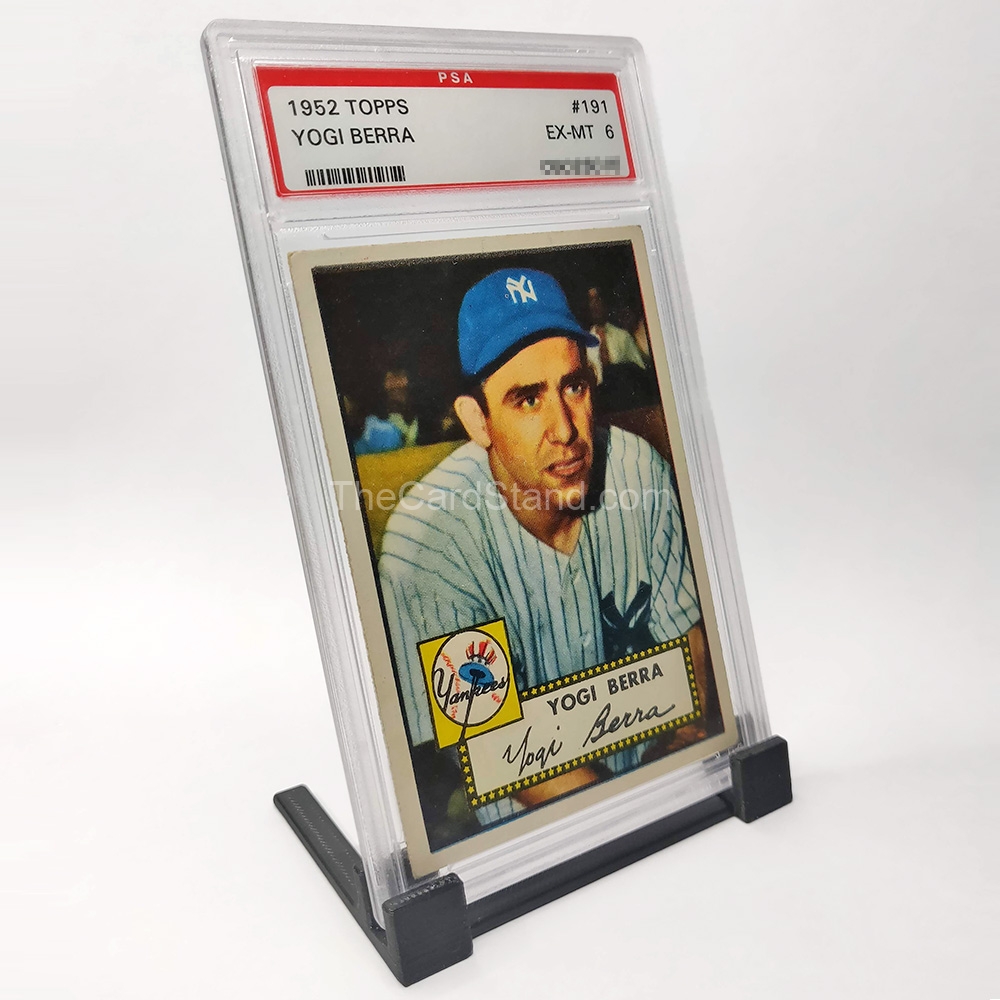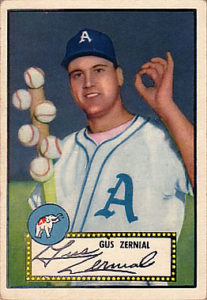Artificial Intelligence (AI) has revolutionized various industries, and one of its significant impacts can be observed in the world of collectibles, specifically in the realm of baseball cards. These once-traditional items are now benefiting from the advanced capabilities of AI, making collecting and trading experiences more engaging and efficient.
The Role of AI in Collectibles
AI and Data Analysis
AI technology excels at processing vast amounts of data quickly and accurately. In the context of baseball cards, AI algorithms can analyze historical sales, trends, and market data to provide collectors with valuable insights. This data-driven approach helps enthusiasts make informed decisions about buying, selling, or holding their cards.
AI in Grading and Authentication
Grading and authenticating baseball cards is a crucial aspect of the collectibles market. AI-powered systems can examine cards with high precision, identifying any alterations or counterfeit attempts. This not only ensures the integrity of the market but also helps buyers feel confident about the cards they purchase.
AI-Powered Pricing Predictions
Pricing baseball cards can be a complex task, influenced by various factors like player performance, rarity, and demand. AI algorithms can predict card prices based on historical data and real-time market conditions. Such predictions assist collectors in understanding the potential value of their cards in the future.
Enhancing the Collecting Experience
Personalized Recommendations
AI-driven platforms can analyze a collector’s preferences and past purchases to offer personalized card recommendations. This level of customization enhances the overall collecting experience, helping enthusiasts discover cards that align with their interests.
AI-Driven Marketplaces
Online marketplaces have become the go-to place for buying and selling baseball cards (e.g. COMC, Goldin, eBay, etc.). AI algorithms can optimize these platforms by matching buyers and sellers more efficiently. This not only streamlines the trading process but also helps collectors find cards they are looking for more easily.
AI-Generated Baseball Cards
Creating AI-Generated Designs
AI has even delved into the creative aspect of baseball cards. By analyzing classic card designs and player statistics, AI algorithms can generate unique card designs that pay homage to the traditional while adding a modern touch.
The Future of AI-Designed Cards
The integration of AI in card design raises intriguing possibilities for the future. As the technology evolves, we might witness a new wave of AI-designed collectibles that captivate collectors and push the boundaries of creativity.
Addressing Challenges
Data Privacy and Security Concerns
With the increasing reliance on AI and data analysis, protecting sensitive information becomes paramount. Companies must prioritize data privacy and implement robust security measures to safeguard collectors’ data.
Balancing Tradition and Innovation
As AI continues to shape the future of baseball cards, it is essential to strike a balance between preserving the traditional charm of collecting while embracing innovative advancements. Keeping the essence of the hobby intact will resonate with long-time enthusiasts and attract new collectors alike.
Conclusion
Artificial Intelligence has breathed new life into the world of baseball cards. From data analysis and authentication to personalized recommendations and AI-generated designs, collectors now have access to an enriched and more immersive experience. As technology progresses, the future holds exciting possibilities for both the industry and its passionate community of collectors.
FAQs
- Is AI-generated card design accepted in the collecting community?
AI-generated card designs are still relatively new, but they have garnered interest and intrigue among collectors. The community’s acceptance will likely depend on how well AI designs complement the overall aesthetic and nostalgia of traditional cards. - Can AI predict the long-term value of baseball cards accurately?
AI algorithms can provide valuable insights into pricing trends, but predicting the long-term value of baseball cards remains challenging due to the dynamic nature of the market and other unpredictable factors. - How does AI authentication compare to human authentication?
AI authentication can be more efficient and accurate when analyzing large volumes of cards. However, human expertise is still essential for dealing with unique cases and rare cards that may not fit typical patterns. - Are there any risks to sharing personal collecting data with AI-powered platforms?
While AI platforms prioritize data security, collectors should be cautious about sharing sensitive personal information. It is advisable to use reputable and trusted platforms that have robust privacy policies in place. - What does the future hold for AI and baseball cards?
The future is exciting for AI and baseball cards. We can expect even more advanced AI-driven experiences, increased personalization, and further integration of technologies like VR and AR, transforming how collectors interact with their favorite hobby.
